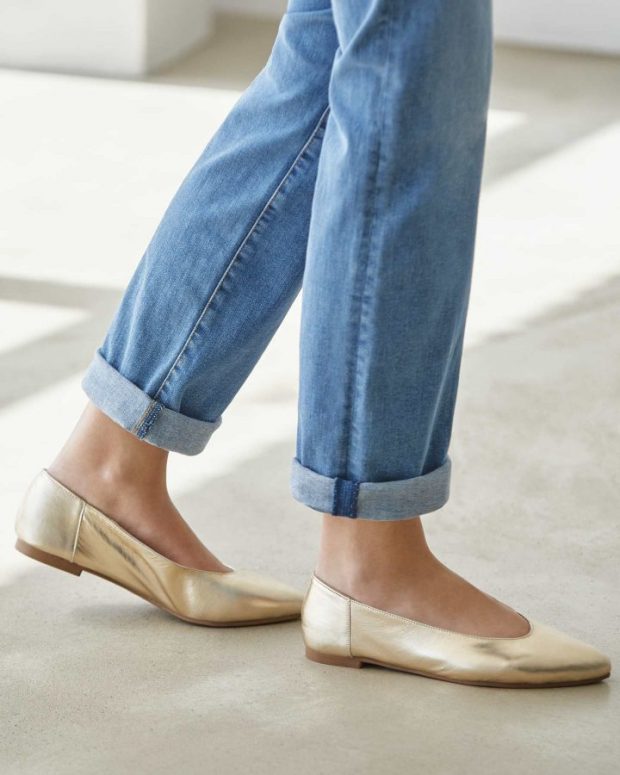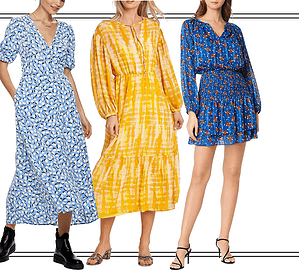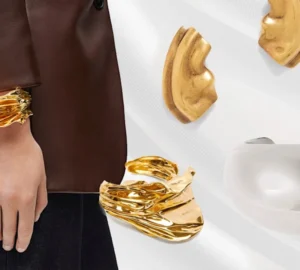Footwear is a very important part of any look. Although, who has not ever put aesthetics aside to prioritize comfort? Wearing appropriate and comfortable shoes for any occasion is easier when you know your feet thoroughly. Do you want to be comfortable and fashionable? We are here to help you!
What type of foot do you have?
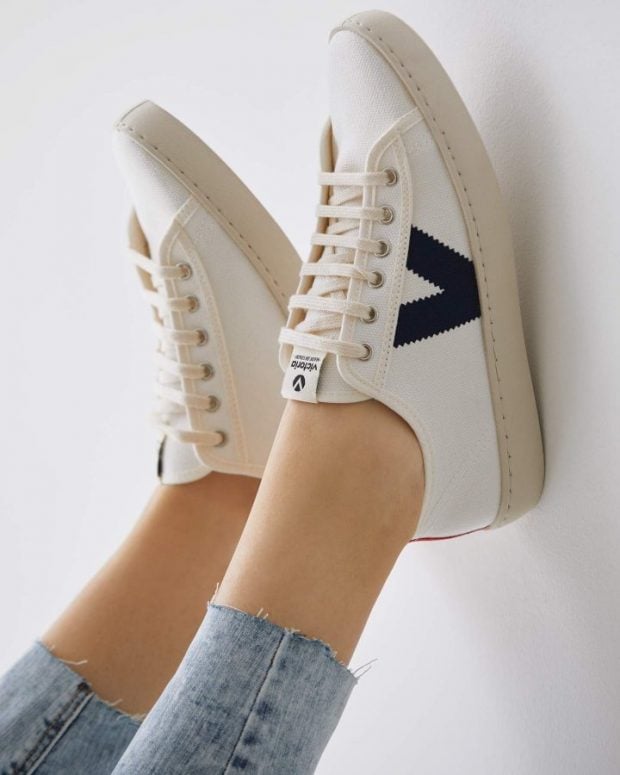
Knowing the different types of feet and knowing which is the most suitable last and fabric for you will help you choose your shoes better and feel comfortable with any style.
Depending on how your toes are
This classification, although somewhat unknown, will be very useful to know a little more about your feet.
- Egyptian foot
It is the most common type of foot since almost 60% of the population has it? This typology owes its name to the fact that in Ancient Egypt it was considered the most beautiful type of foot. You will recognize it because the arrangement of the toes creates a visual diagonal that goes from the big toe to the smallest.
If you have an Egyptian foot, you must look at the first metatarsal. That is, in the bone between the big toe and the instep. If this is longer than normal, it could be that you end up developing osteoarthritis in the finger joint. If you want to be comfortable and avoid the appearance of bunions, forget about shoes that have very narrow lasts.
- Greek foot
It is estimated that today, 14% of the population have this type of foot, which was believed to be reserved for Greek deities. Its main characteristic is that the second toe is longer than the big toe. This does not have to be a problem unless it is more than one centimeter higher. In that case, the finger could cause discomfort when walking.
- Roman or square foot
You will recognize this type of foot because all of its toes are more or less the same length. They tend to be wider feet, which can be a problem when it comes to wearing narrow-fit shoes.
Depending on how your footprint is
Observe the shape of your foot and the footprint it generates to distinguish between:
- Normal foot
A normal foot is considered one in which the footprint distributes the weight between the front, rear and lateral areas.
- Cavus foot
In this type of foot, the instep is high, creating a very pronounced arch and a very small footprint, which is divided between the pad and the heel. If your foot is like this, you should bear in mind that you may suffer some inconveniences: pain in the pads of the sole, pain in the heel when supporting, painful corns in the areas of greatest support, tendinitis …
- Flatfoot
Having flat feet means that when you step, you do so with almost the entire surface of the foot. In this case, the arc is very small or non-existent. These are some of the discomforts that you may suffer: foot and ankle alterations, less energetic and efficient gait.
1.
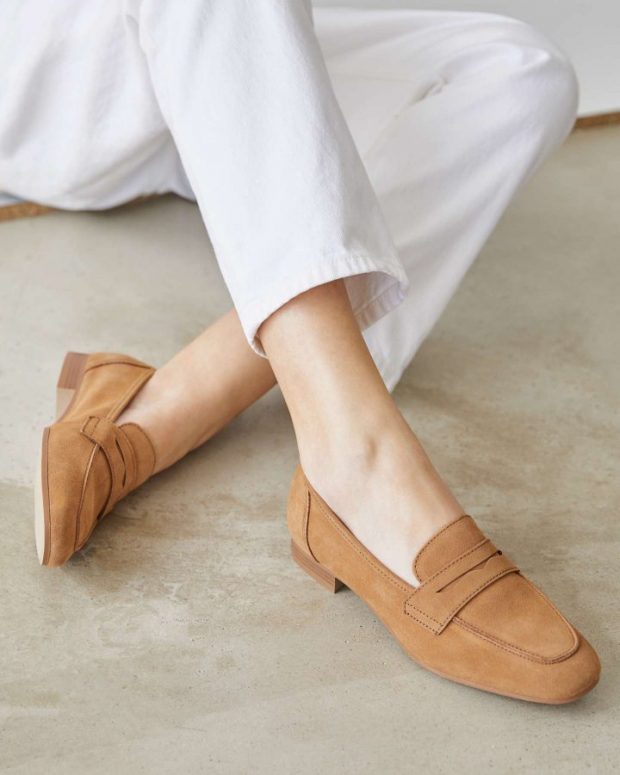
2.
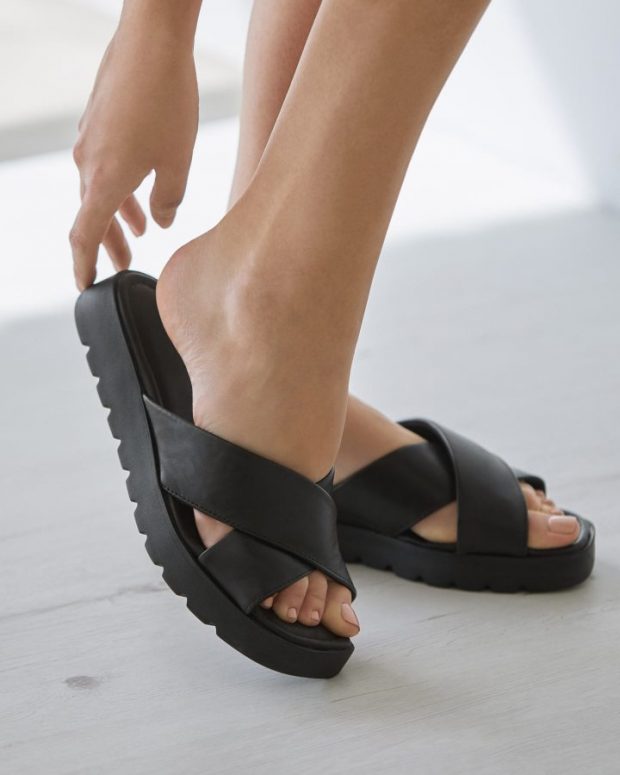
3.
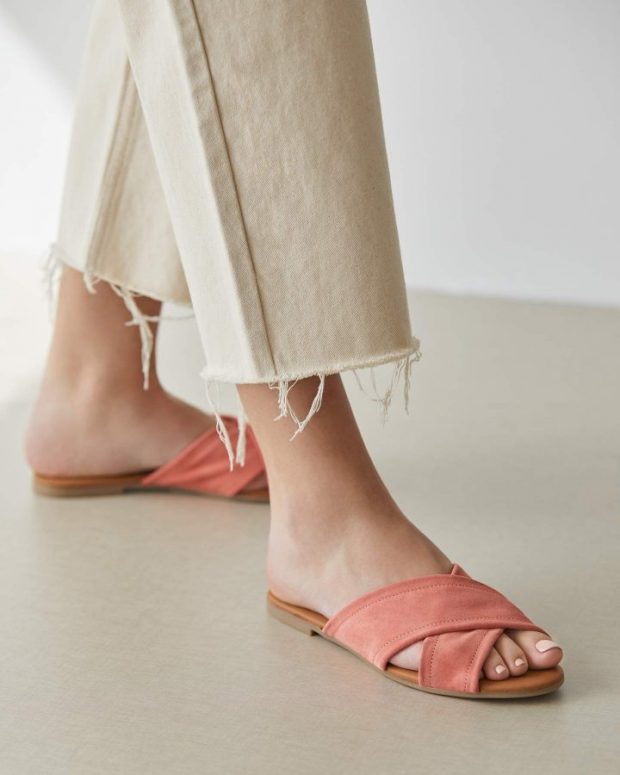
4.
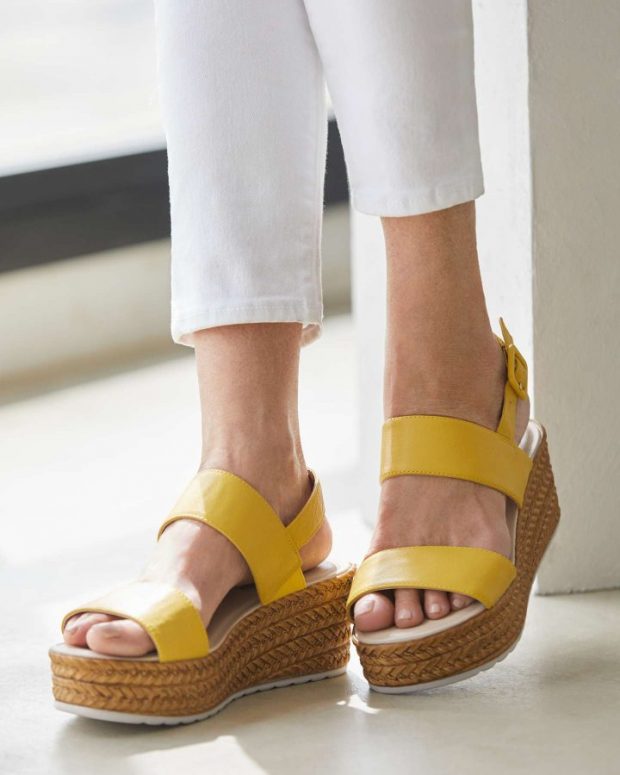
5.
